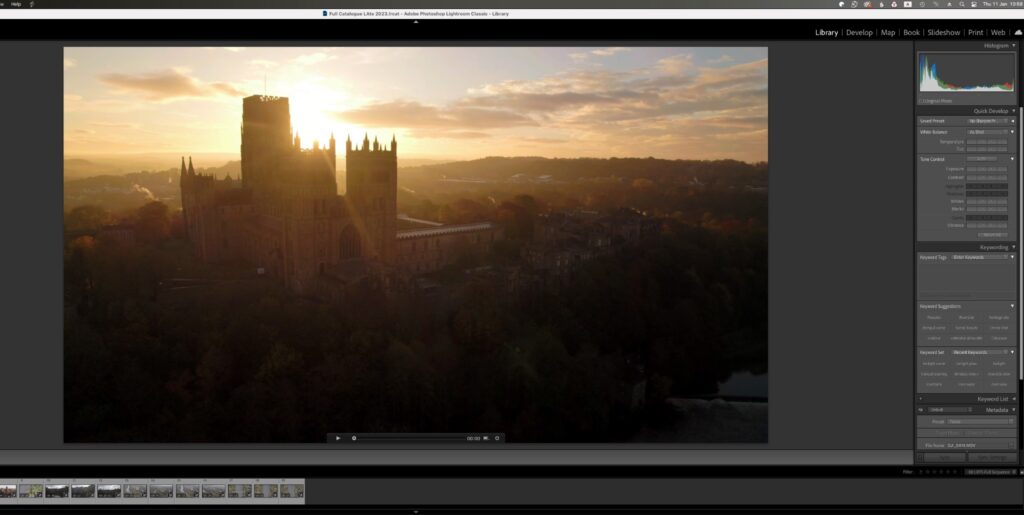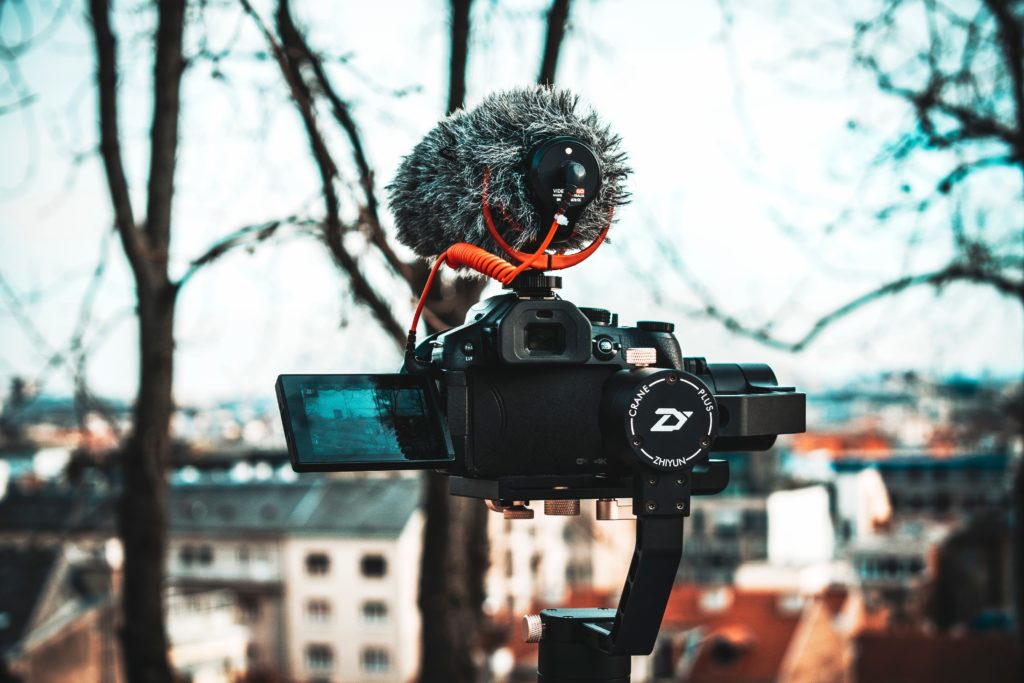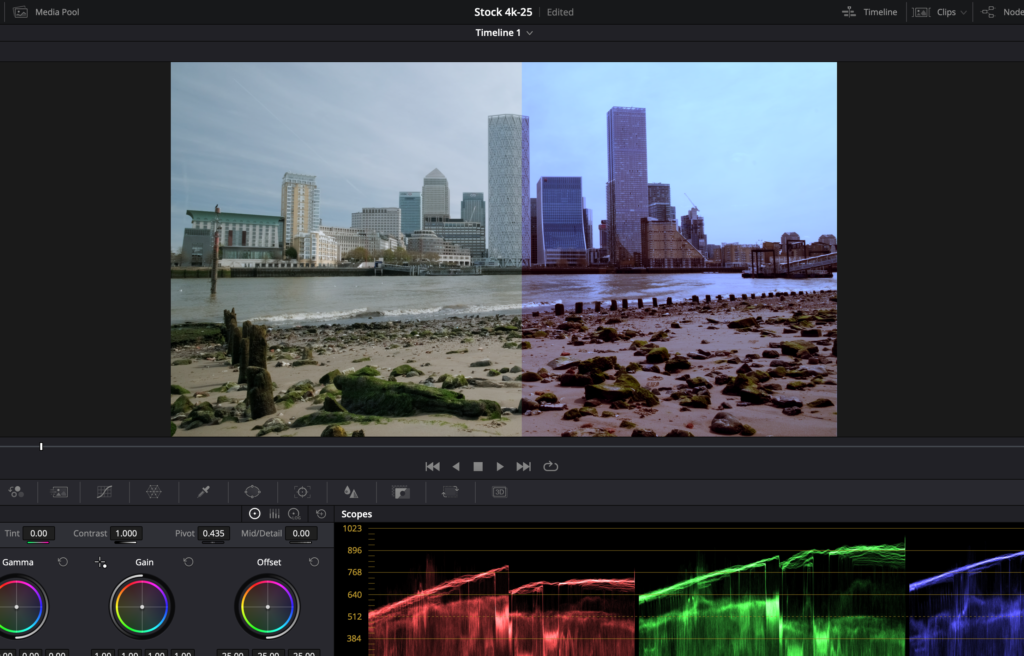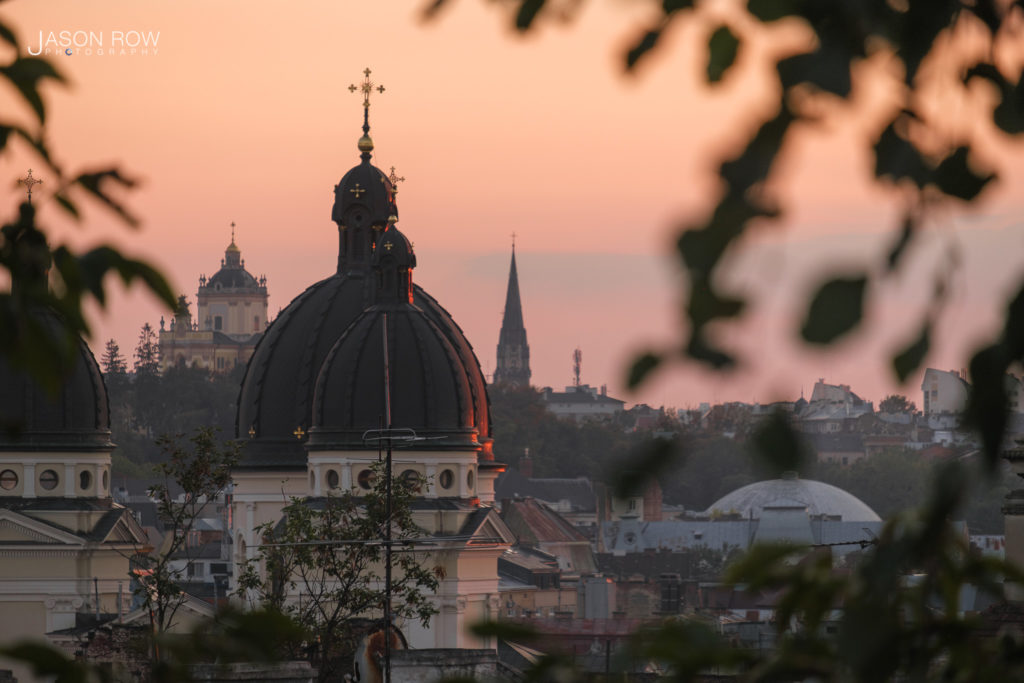Your camera will probably have some form of video capability. In fact, that video capability will probably be very good. Good enough to produce high-quality films.
Here’s the question though, do you ever use it? I wager that less than 20% of photographers regularly shoot video. Why is that?
For many established photographers, video can seem like a bit of an uphill struggle. A whole lot of different techniques, skillsets, and creative possibilities.
The thing is though, many of the technical and creative aspects we know in photography can easily be applied to filmmaking. Better still, even a basic knowledge of video shooting can help make you a better photographer. Today we are going to tell you why.
It Slows You Down
Modern cameras can flatter us. They are quite frankly brilliant, to the point where we can literally point, shot, and come up with something amazing. In turn, however, that seduces us into taking more and more pictures, often quicker and quicker.
If you have ever shot video handheld, either through the viewfinder or using the LCD screen, you will have probably been disappointed. Video needs stability.
That stability is most often found in the use of a tripod. Now as a photographer, you may, occasionally use a tripod during a low light shot, but mostly you avoid them like the plague.
They are cumbersome and heavy. They also slow you down. The thing is, slowing you down should be seen as a positive, not a negative.
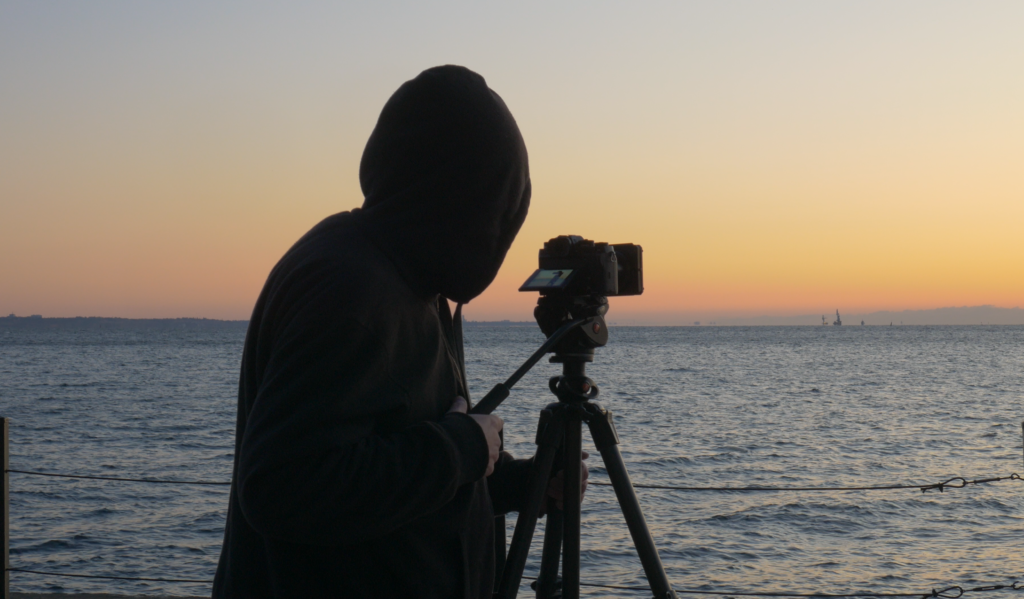
When you shoot a video, you need to think carefully about where to position your tripod, how to compose the shot, how the light looks. This trains the visual thought processes. It reduces the urge to shoot fast and furiously with little regard to aesthetics. Return those principles back to stills photography and you will instantly see an improvement in your work.
It's A Different Aspect Ratio
As a photographer, your visual thought processes will probably be geared towards either the 4:3 or 3:2 aspect ratios. This is what you see when you use your viewfinder, it’s what you are used to. Of course, photography is so much more diverse than these standard aspect ratios, but it can be difficult to think outside of the box. Quite literally.
Video on modern stills cameras forces you outside of the 4:3/3:2 box. Its standard aspect ratio is 16:9. When you look through the viewfinder, or on the LCD screen the image will be blanked out top and bottom.
The 16:9 aspect ratio is a wider, flatter format than you are used to in photography. That’s a good thing because it means you have to adapt your creative mind to shooting in this new format. You will come to learn which compositional rules work better in this wider format. The golden ratio and leading lines are both ideally suited to the 16:9 format.
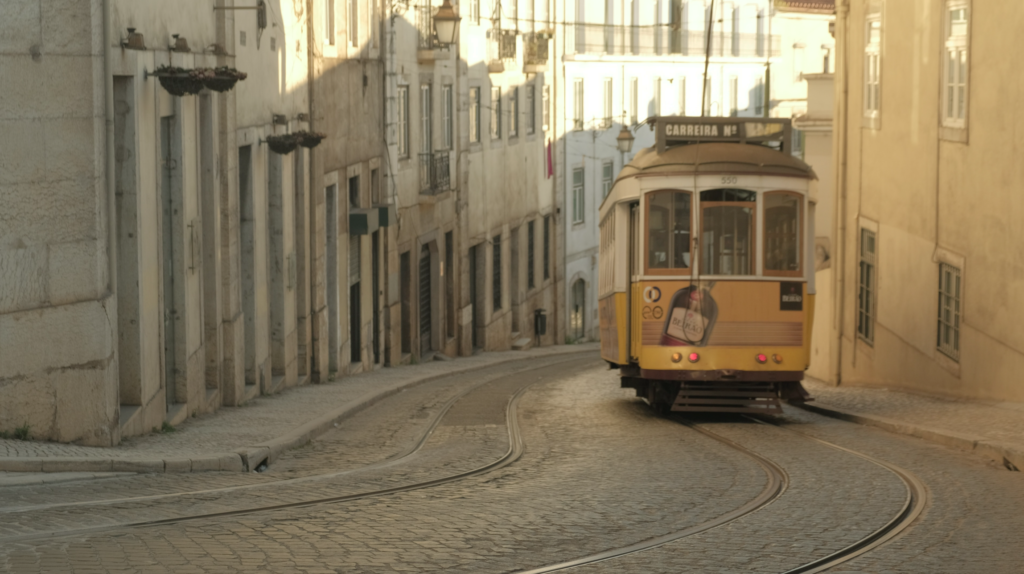
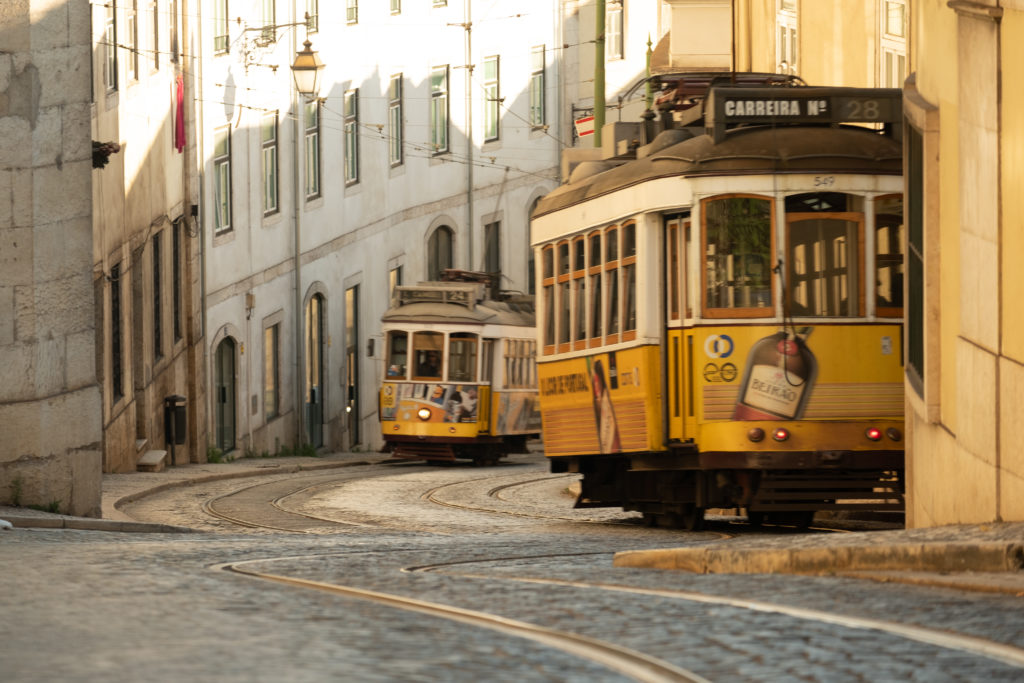
Learning to shoot in the 16:9 video format will help you when you are shooting stills. Not only will you be able to visualize your shots beyond the constraints of your viewfinder, but also you will find yourself more tempted to shoot panoramics or multi-images composites.
It’s About Motion
A video clip without any motion in it is simply a still image. To make video work you need to find motion in the scene. This can be as subtle as leaves blowing in a breeze or as obvious as a train passing the camera at high speed.
Part of what makes video look smooth is choosing the right shutter speed, often known as the 180-degree shutter rule. This rule enables each individual frame of the sequence to have an element of motion blur, smoothing the footage out.
So how does this relate to photography? Well, motion blur can be an extremely powerful element in a still image. That high-speed train shot at a high shutter speed will simply look stationary. Shot at a slower shutter speed and with a panning motion (also a video technique) we suddenly get a shot that conveys the power and speed of that train. Shooting videos can inspire us to look for and highlight motion in our images.
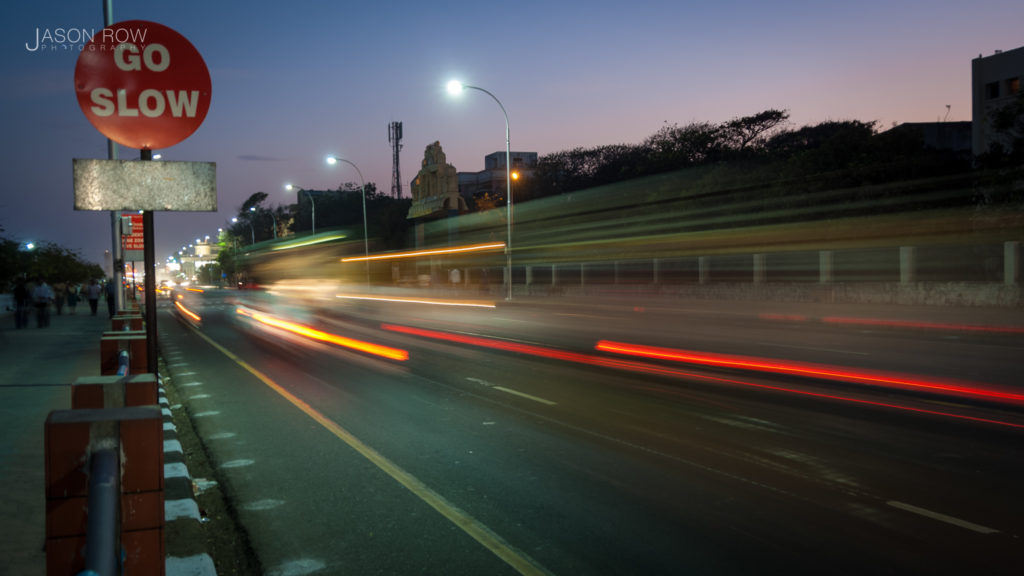
It’s About Emotion
From a personal point of view, there is one thing shooting video has brought to my stills game above any other. The ability to find and create emotion in a shot. Video shot in flat light or of dull subjects will look extraordinarily bland. With a still image, we can jazz that bland image up beyond all recognition, in post-production. Video has nowhere near the latitude of photography. This means that to get good video shots, we have to look for the light, look for the composition, look for the emotion in the shot.
Another aspect that can help us as photographers, is in the use of filters to obtain that emotion in our shots. In the video, we have a less dynamic range available to us. In a high contrast scene, we can expose the highlight or we can expose the shadows, but something has to give. If you have a dramatic but bright sky and a dark foreground, the only way you can nail the exposure on both is to use a graduated filter. In photography, especially when shooting raw, we could expose for either and pull back the opposite in post-production. In the video, even in high-quality formats, we do not have such luxuries.
Video sequences will often use multiple shots at different focal lengths, angles, and perspectives to convey emotion. Again this thought process can be carried over into photography. Instead of taking one or two shots from a fixed location, we will tend to look for different angles or close-up details. We can turn our photography into storytelling.
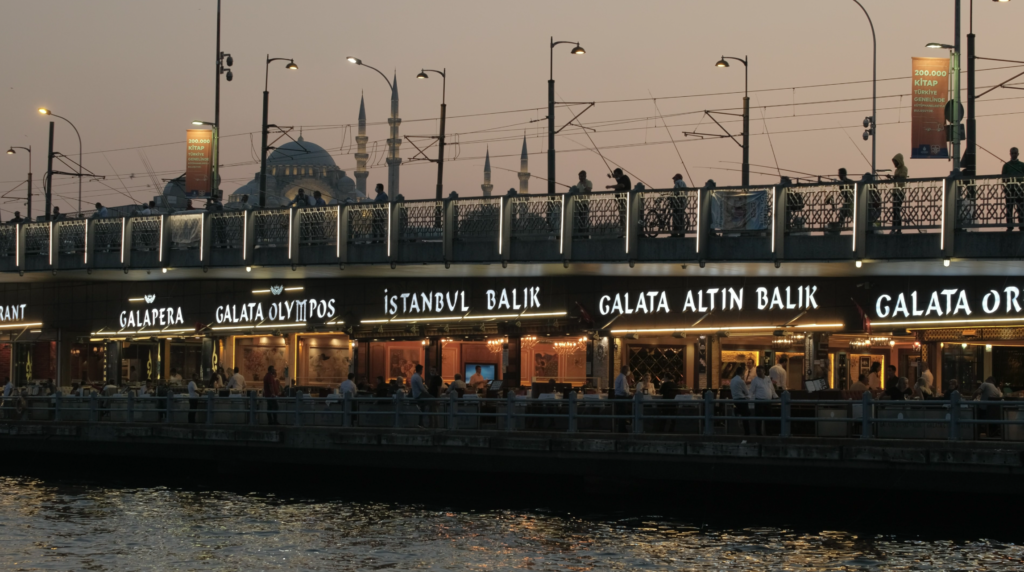
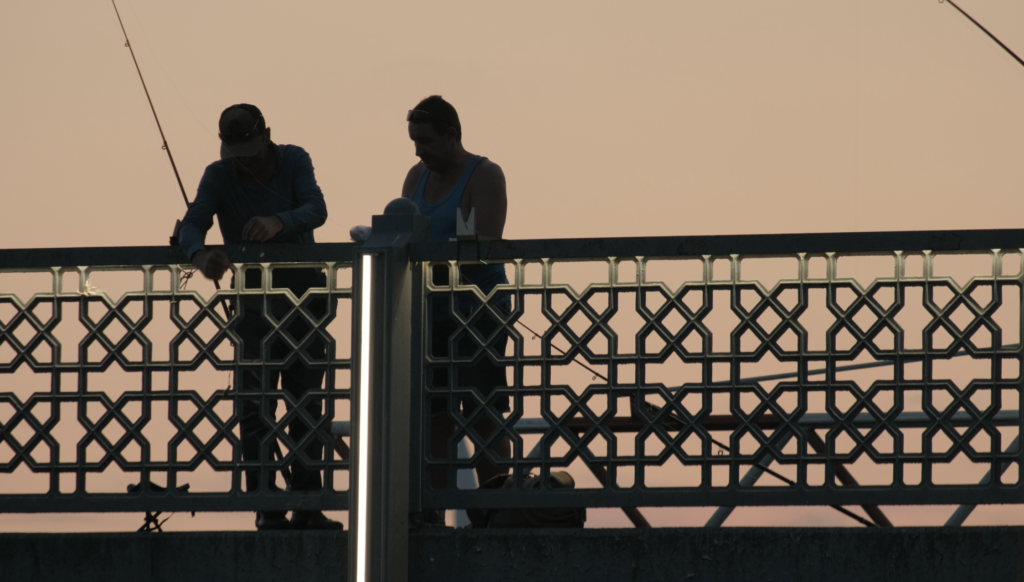
To some, shooting videos can be a daunting prospect. However, the fact that it can improve the creativity of your photography can be a great incentive. Like in photography, you are not going to learn everything in a week. However, the technical and creative skills you know from photography will give you a significant head-start when shooting video

